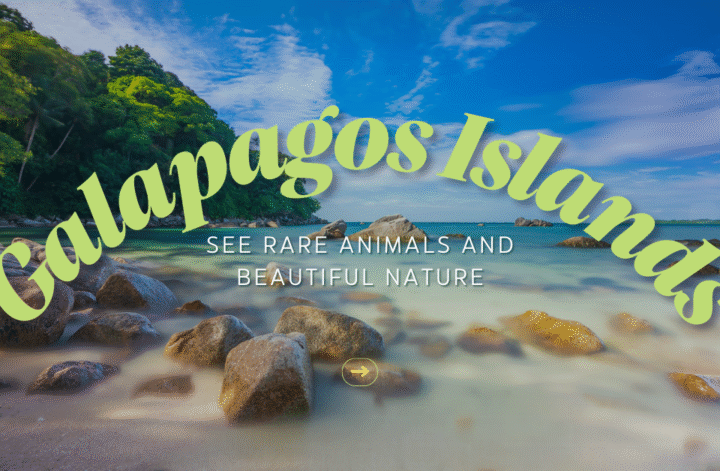The Galapagos Islands, located off the coast of Ecuador, offer a unique opportunity to explore an unparalleled diversity of wildlife and pristine landscapes. This archipelago consists of 19 islands and numerous smaller islets and is a living museum of evolutionary changes. Visitors can witness species that exist nowhere else on Earth, making it a must-visit for nature lovers and adventure seekers alike.
Encounter endemic wildlife up close
The Galapagos Islands are an ideal location for observing endemic wildlife.
Giant tortoises move slowly in the highlands here, and sea lions frolic on sandy shores. Blue-footed boobies, frigate birds, and waved albatrosses are available to be observed by bird watchers.
Galapagos’ submerged world is as colorful and varied as its islands. Snorkeling at Devil’s Crown or Kicker Rock allows travelers to swim with brightly colored fish, sea turtles, rays, and even non-threatening sharks.
Snorkel in crystal-clear waters
The clear waters provide great visibility in discovering this underwater paradise. Snorkeling gear can be hired on a number of islands or included as part of a guided tour.
Hike volcanic landscapes
Trekking enthusiasts will find the Galapagos to have many paths that run across its distinctive volcanic scenery. Climbing Sierra Negra Volcano on Isabela Island shows spectacular scenery of one of the planet’s biggest volcanic craters. Paths range in challenge, but all give the geology of the archipelago and unique plant life of the region a closer glimpse that cannot be seen anywhere else on the planet.
Visit Charles Darwin Research Station
The Charles Darwin Research Station on Santa Cruz Island is key to learning about conservation in the Galapagos. Tourists discover how its special ecosystem is being preserved through scientific study, habitat rehabilitation, and breeding programs for threatened species. This station offers insight into the important work being conducted to preserve this environment for generations to come, with each conservation effort explained as vital.
Tourists are encouraged to treat these special animals with respect by maintaining a safe distance when they meet them.




